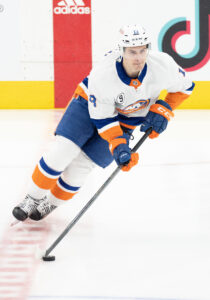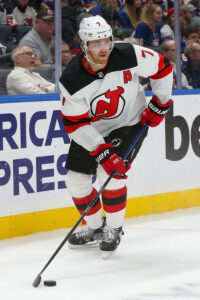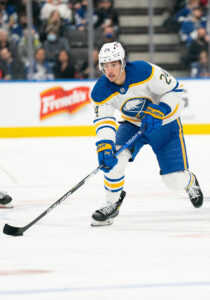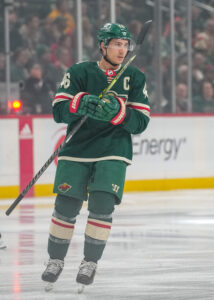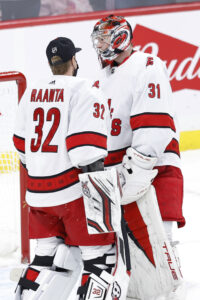Training camps open this week all around the league and preseason hockey is right around the corner. Most of the restricted free agents are signed, big extensions have been handed out, and rosters are nearly complete for most teams. Hope is all over the league as pretenders try to become contenders, rebuilding clubs see rookie breakouts, and newcomers try to make an impact in unfamiliar surroundings.
With that in mind, it’s time to run another edition of the PHR Mailbag.
Last time, the mailbag was broken into two parts. The first looked at the center market over the next two years, and future dealings for Steve Yzerman, and predicted some of the RFA news that would follow. The second examined the tanking rosters, Ottawa’s interesting offseason, and how St. Louis can afford to re-sign Ryan O’Reilly.
You can submit a question by using #PHRMailbag on Twitter or by leaving a comment down below. The mailbag will run on the weekend.
